The Best Places to Eat in Tokyo
Japan ranks second in the world for most restaurants to have earned a Michelin star and it’s no surprise. Japan really stands out for its meticulously high standards when it comes to cuisine and that standard is not restricted to high-end restaurants. Even the food at convenience stores is fresh and high-quality.
This is mainly due to the country’s long and proud food history and culture and its culinary heritage prioritises not only taste but fresh ingredients, aesthetics and presentation, and ceremony surrounding the eating experience. This is why you can never really go too wrong wherever you eat in Japan and my go-to top travel advice is, simply, to eat EVERYTHING.
But if that's a little too vague and you’d like some ideas, here are some of the best places I ate in Tokyo (and one in Kyoto because the stomach knows no bounds!) where you can enjoy some quintessential Japanese dishes.
For cheap, Michelin-star ramen: Nakiryu
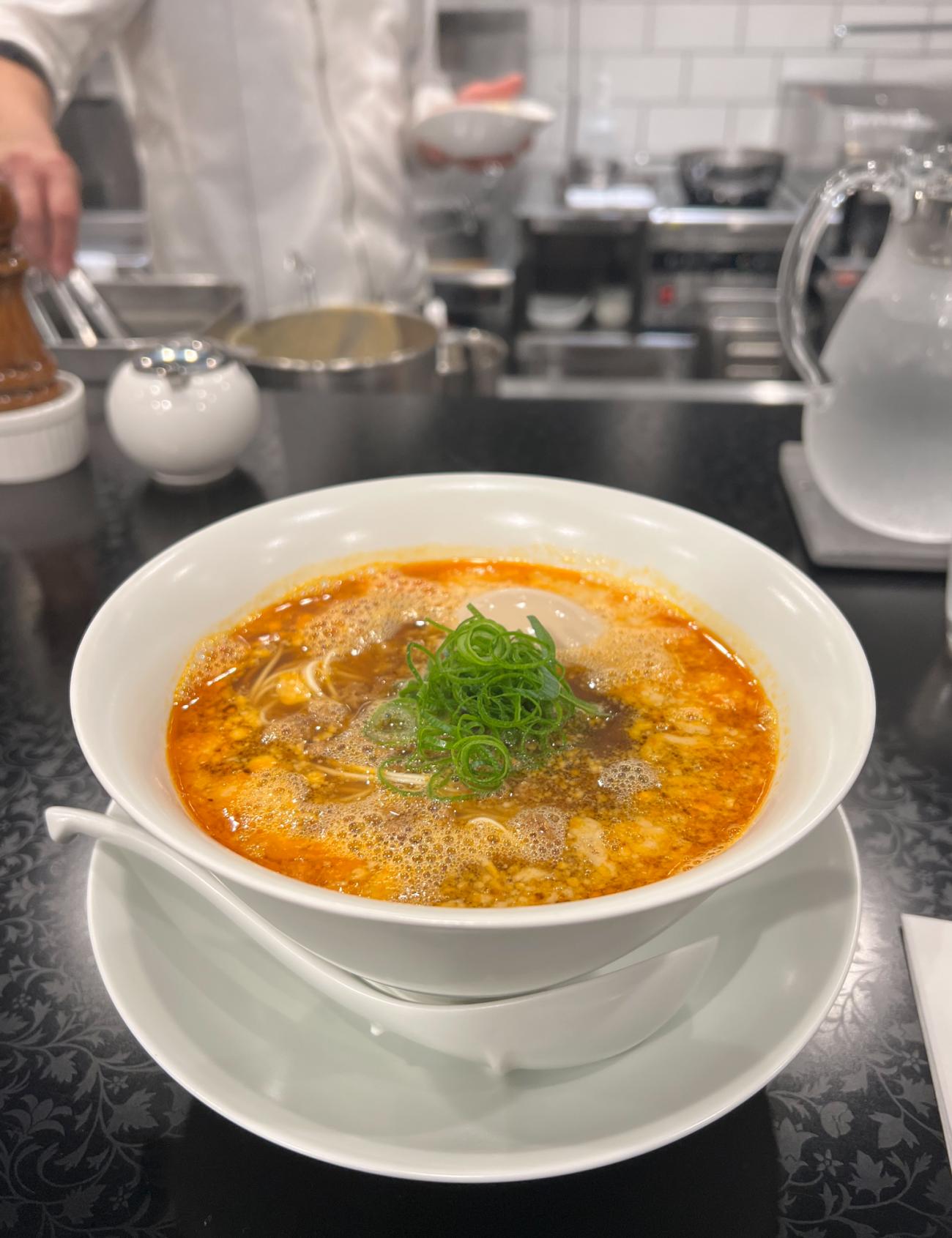
Tokyo is home to a few affordable Michelin-star ramen restaurants and nothing will make a foodie's stomach sing more than getting to indulge in food recognised for its excellence without breaking the bank. Reservation isn’t possible and you have to queue for one of the ten seats available.
Located in Toshima City, a short walk from Ōtsuka Station, you could easily miss Nakiryu nestled on the corner of an inconspicuous residential area. You’ll first notice the queue stretching in an orderly fashion (of course) across the road. After about an hour and a half spent praying that they hadn’t run out of the signature ramen dish we’d spent weeks primed for, we made it to the front of the queue.
Inside, we ordered at the vending machine by the door and rejoiced to see the famous Tantanmen was available. We handed our tickets to the chef beaming with excitement.
There are plenty of extras to choose from - we added a boiled egg and my partner got a side of extra noodles, with an Asahi to wash it down. It cost under £20. They also offer sides such as dumplings and wontons, but you must arrive early before they run out.
In no time at all, the ramen arrived. Orange in colour, the layer of oil shimmered tantalisingly atop the creamy broth. Nutty from the sesame, a slight kick of heat from the chilli oil, and a tanginess from the black and apple vinegar, the rich, flavourful broth coated the nest of thin, firm noodles clenched between eager chopsticks. One of my favourite things about Japanese cuisine is how skillfully it strikes a balance between flavours and this was a perfect example of that. It was easily the best ramen I’ve ever had so I’d say it was definitely worth the wait.
For homely, filling teppanyaki: Hakushu
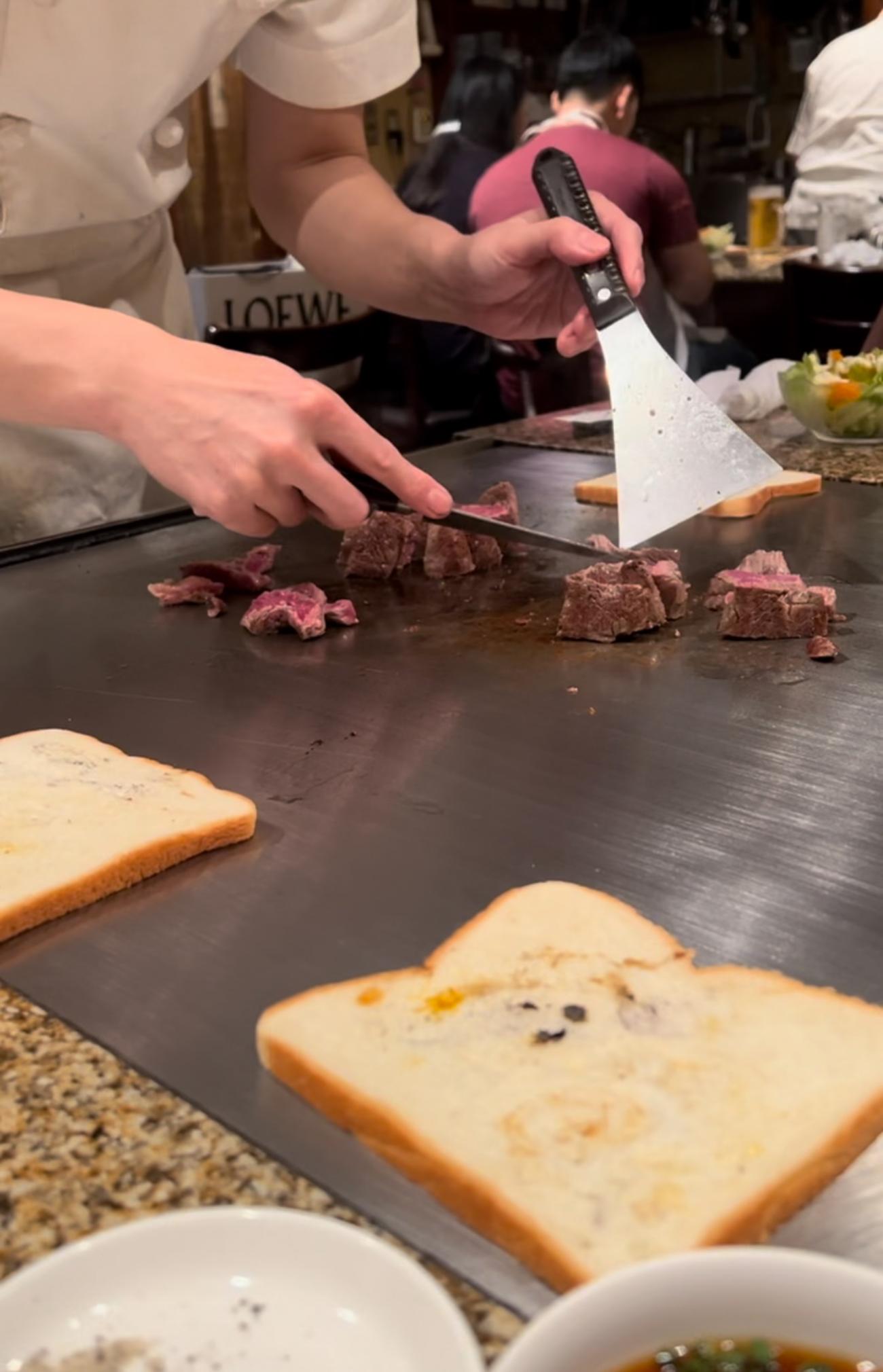
Taking a chance on this small teppanyaki restaurant in Shibuya after trying and failing to make a booking on the phone earlier in the day was well worth it. Dinner is usually taken a little bit later in Tokyo so the restaurant was almost empty when we arrived around 6.30 pm so we were fortunate to get a seat.
The reviews raved about the Kobe beef so that’s what we ordered. We were served a small salad and a side of vegetables by a tiny elderly lady before she got to work on our beef.
Seated around the teppanyaki hot plate, we watched her cook the vegetables, which included aubergine and beansprouts, and place them on top of a slice of bread in front of us with a selection of dipping sauces including soy, a vinegar-based sauce and a standard salt and pepper mix which complimented the meat really well.
Mesmerised, we salivated as our 180g fillet and sirloin cut of Kobe beef sizzled in the whiskey oil mix, turned in perfect time and then placed on our now vegetable-seasoned bread. The thought of it absorbing the meat juices rendered that plain slice of white bread almost as valuable as the beef itself. Once finished (well, we actually ordered more meat) they took the bread and gave it a little fry in garlic butter. Does that mean the best thing since sliced bread is teppanyaki seasoned sliced bread? Now that’s a hill I’d be prepared to die on.
For a pit-stop gyoza fix: Harajuku Gyozaro
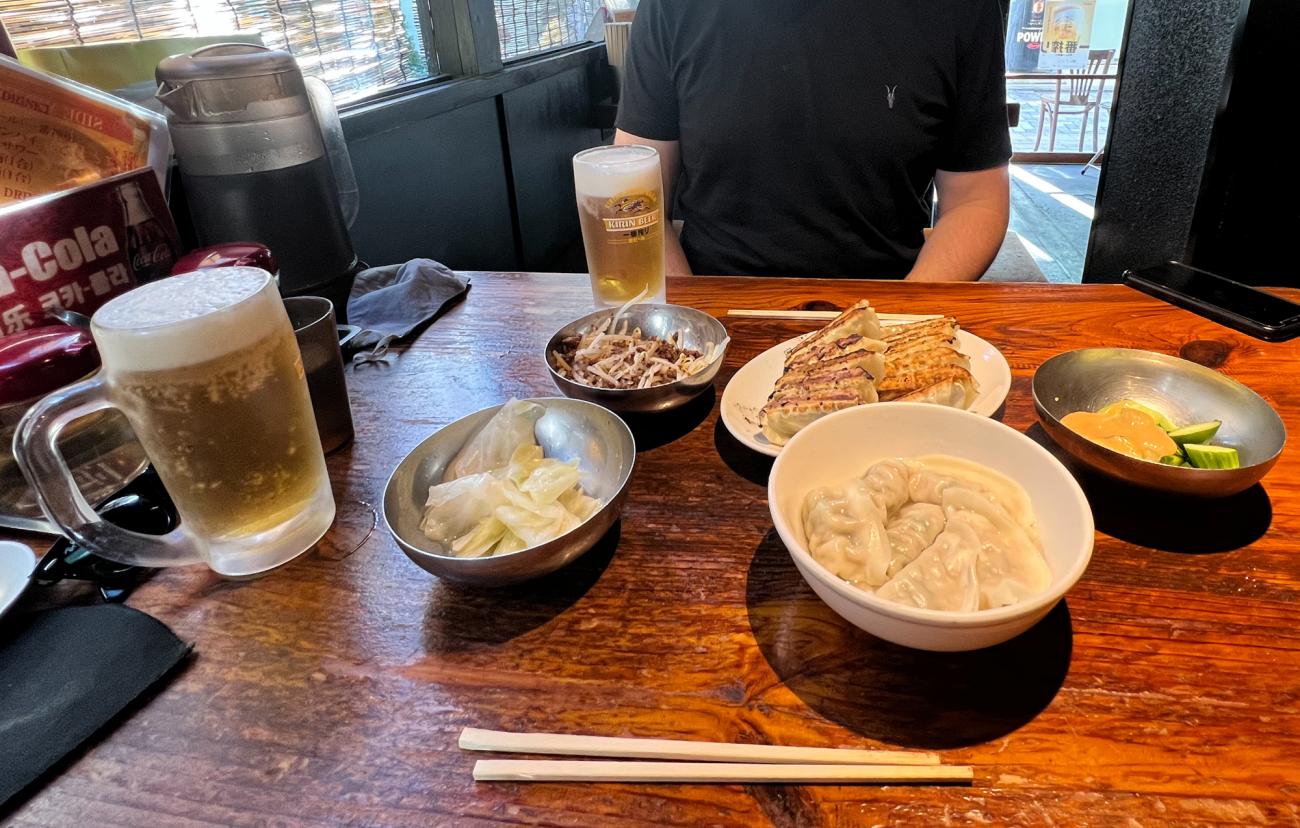
Harajuku is known as one of the coolest neighbourhoods in Tokyo, and everywhere you look people are dressed like anime characters, J-pop stars and fashion models. The busy streets are lined with vintage stores and painfully inaccessible boutiques that pump out techno music and intimidating indifference from the one person who appears to work there, and, well, there’s nothing quite like complete sensory overload to stir up an appetite.
Fortunately, the copious dessert shops you’ll stumble across aren’t the only option if you need to refuel. Despite the queue (and the locale), this unassuming gyoza place is the epitome of ‘no-frills’. You choose either pan-fried or boiled gyoza and you can watch them cook through steam clouds and on sizzling stove tops from the counter table encircling the open kitchen unless you get a table by the window.
The dumplings (original or garlic and chives) are moreish - glistening, slippery, savoury and a little bit crispy if you order the fried. But please be sure to order the sides, too. You won’t exactly be gazing over at your neighbour's bowl of boiled beansprouts covered in a dollop of minced meat sauce, the miso-coated chunks of fresh cucumber or the pickled cabbage with food envy, but it would be a crime not to order them anyway. They’re a delicious accompaniment.
Considering it costs under £2 for six (seriously tasty) gyoza, it doesn’t get any more unpretentious than this.
For an 'alternative' tonkatsu: Gyukatsu Ichi Ni San

This Tonkatsu restaurant is not far from the buzzing electronics shopping hub of Akihabara, down a much quieter side street. Located in a basement it, naturally, requires some queueing down a set of stairs as there are less than 15 seats inside, but as always, good things do come to those who wait in Japan.
Once inside, we ordered the set we wanted and specified our desired beef loin cutlet size (large is two full cutlets) and were shown to our seats at the long counter table lining the front of the kitchen. Our set was served with grated cabbage, a small bowl of barley rice, which you can get a free refill of, and a miso soup.
I think it’s more common to find pork or chicken katsu in Tokyo and you’re more likely to find beef katsu in the Kansai region, especially close to Kobe, famous for its world-class beef. The cutlet is covered in a crispy breadcrumb which is fried for about 60 seconds and served to you pink. You’re presented with a very sweet little stone hot plate that you can sizzle the meat on for longer if you wish.
The selection of sauces you’re presented with includes your standard wasabi, which as you can imagine, works really well with beef, a chilli sauce and salad dressing for the cabbage. The staff were super friendly and our waiter spoke great English. It appears this place gets its fair share of locals and tourists, but it offered something a little different so we left full, warm and very content.
For the freshest seafood: Tsukiji Fish Market
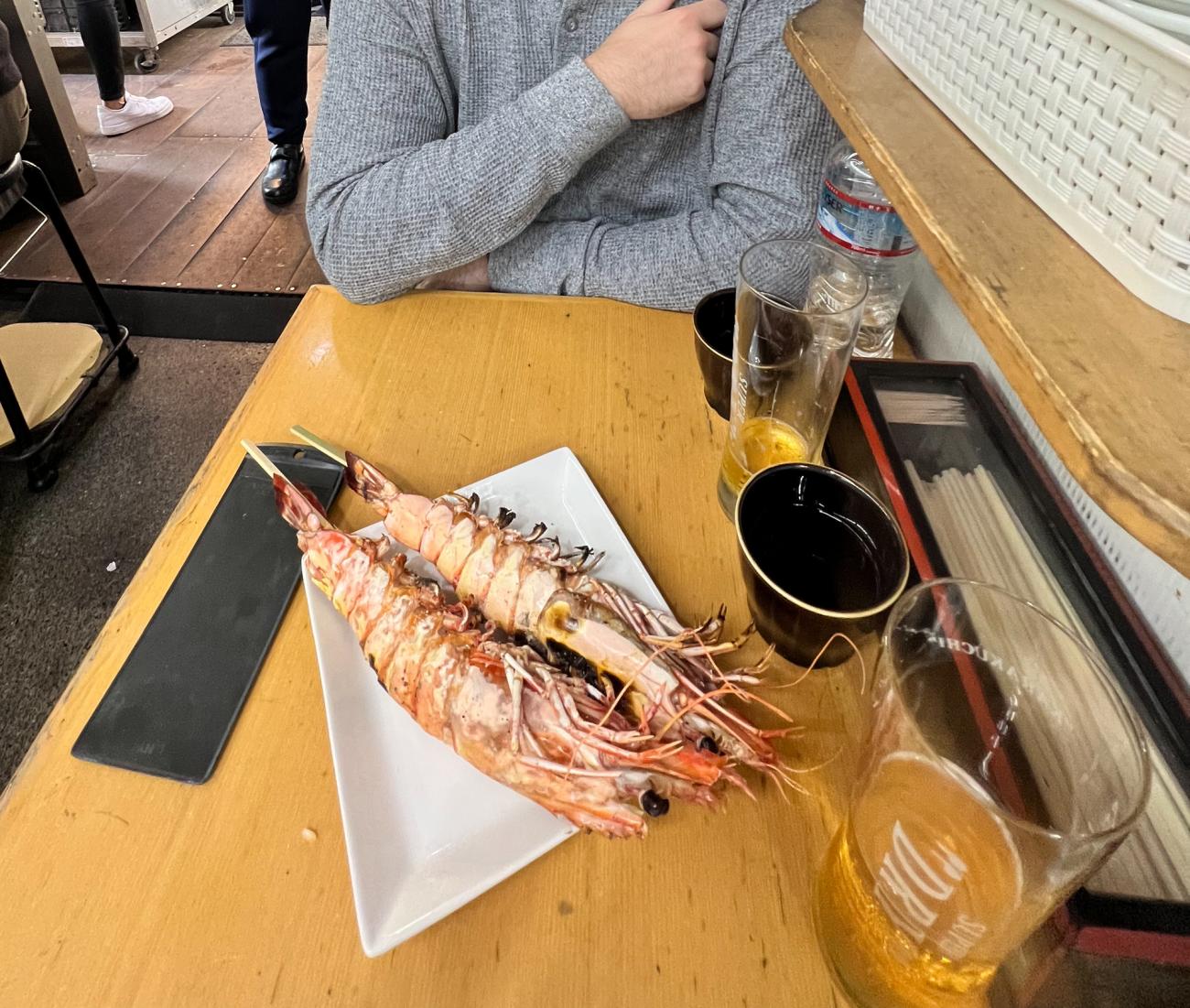
Tsukiji Fish Market is, as you can imagine, THE place to go if you like seafood. Even though it does offer some other food options, you’d be remiss to not indulge in seafood while in Japan! The inner market was best known for its impressive tuna auctions before it moved location to Toyosu, but the outer market that remains is where you’ll find plenty of high-quality seafood restaurants and food stalls. It might feel like an impossible task to pick somewhere but honestly, you can’t really go wrong and you’re better off wandering around to see where your nose takes you over perusing guidebooks for the best places to eat.
We did exactly that and were enticed by a place that primarily served chirashi sushi, which is what I was craving. The entrance was nestled behind the barbeque grills out front topped with an array of smoking shellfish that had people queuing down the road, so we made our way through and were seated on a small table only slightly removed from the madness.
Chirashi sushi is a bowl of sushi rice topped with a variety of thinly slice fish (sashimi). You can get simple bowls, but mine had a variety of yellowtail, tuna, salmon, roe and uni, garnished with pickled ginger - deliciously fresh. We also sampled some of the giant grilled prawns - almost as big as my forearm - cooked on the barbeque outside. We requested three and the server was sure to confirm the price with us. At £15 each, I was glad she did. As delicious as they were - juicy, meaty and flavourful with that charred finish - £45 for three prawns is perhaps a bit excessive. Two turned out to be filling enough.
We continued around the market snacking on food-stall fares and followed our nose once again to a sweet-smelling bakery for a croissant dessert.
Because that’s what you have to do in Japan. Just. Eat. Everything.
For fancy tempura with a side of omotenashi: Kyoto's Gion Tempura Tenou
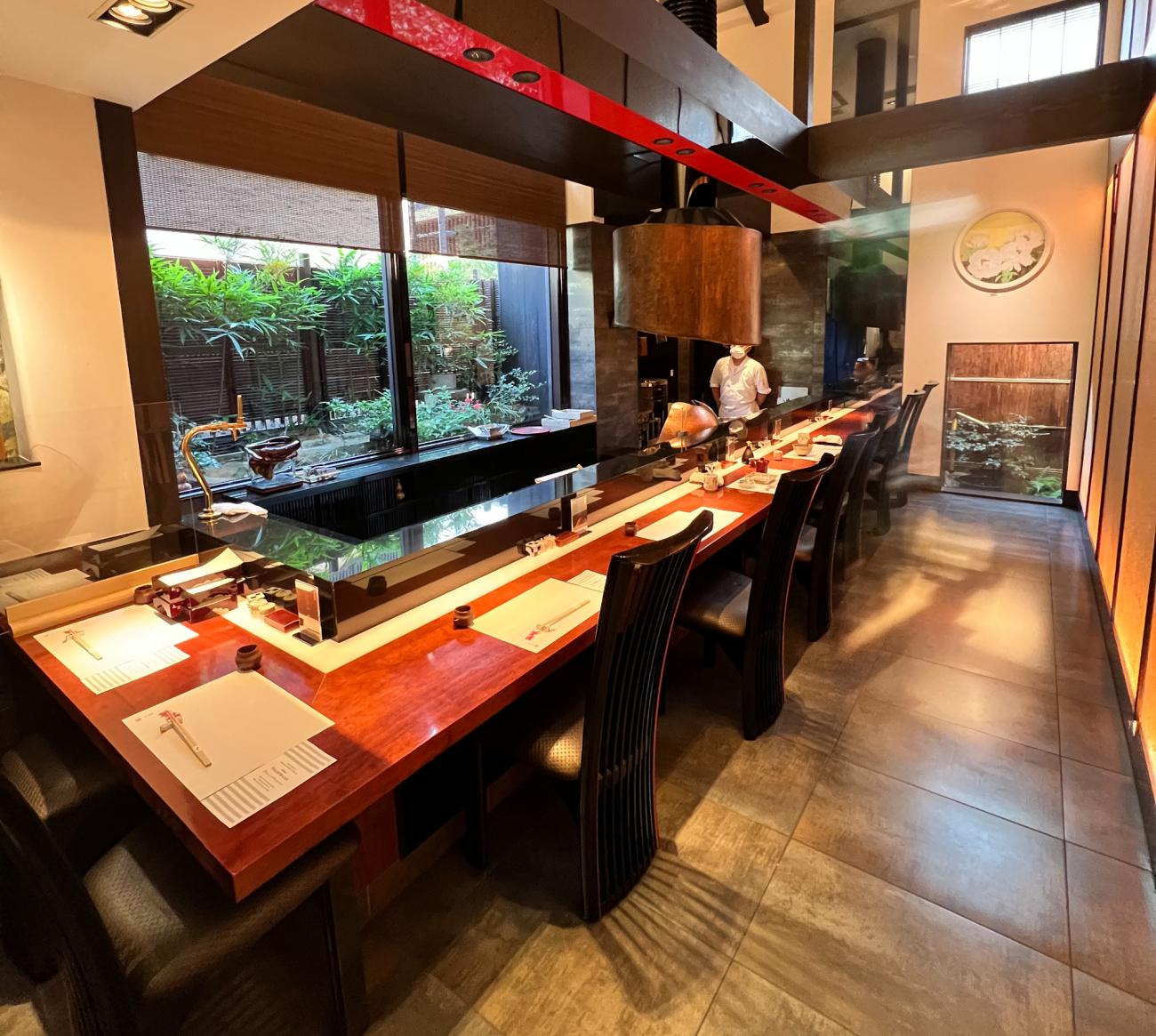
Always the side dish and never the main, tempura rarely gets the spotlight all to itself. We found a restaurant in Kyoto online and thought it was time we let the humble tempura have its day.
In Kyoto especially, locating restaurants can be a bit like a treasure hunt. Slipping down the side streets of Gion, inspecting the old buildings with wooden slat windows and sweeping Google Translate over the signs, there was nothing to suggest there was even a restaurant there. We were about to give up when a man came out of an inconspicuous entrance and welcomed us in.
The space inside was beautiful - there were windows that overlooked miniature manicured gardens with tiny water features - very zen, as if the tourist-heavy geisha district wasn’t just beyond. We were the only patrons there and I was suddenly very conscious of not committing any faux pas directly under the gaze of the chef. But I needn’t have worried.
Though it may seem as if Japan has many ‘rules’ that could have visitors worried about inadvertently causing offence, it never overshadows omotenashi - hospitality at its finest. It means service that comes from the heart, there’s nothing forced about it.
As delicious as the tempura was, it was this omotenashi and the ceremony of the whole lunch that was so memorable. I’m not sure if the chef picked up on my energy, but he completely put us at ease with his friendly, laid-back demeanour. And our sweet waiter brought us our second sake jug without a hint of judgement, despite it barely being midday.
We had chosen different set menus for lunch, a mix of vegetables and fish, and got front-row seats as we watched the chef delicately fry each piece with care and precision and serve us with a declaration of what each portion of tempura was.
The tempura was perfect - it was simple but delicious and it was nice to have the chef advise which dipping sauce suited which piece best, the salt mix often being all that was needed to enhance the subtle flavour of the vegetables and fish.
